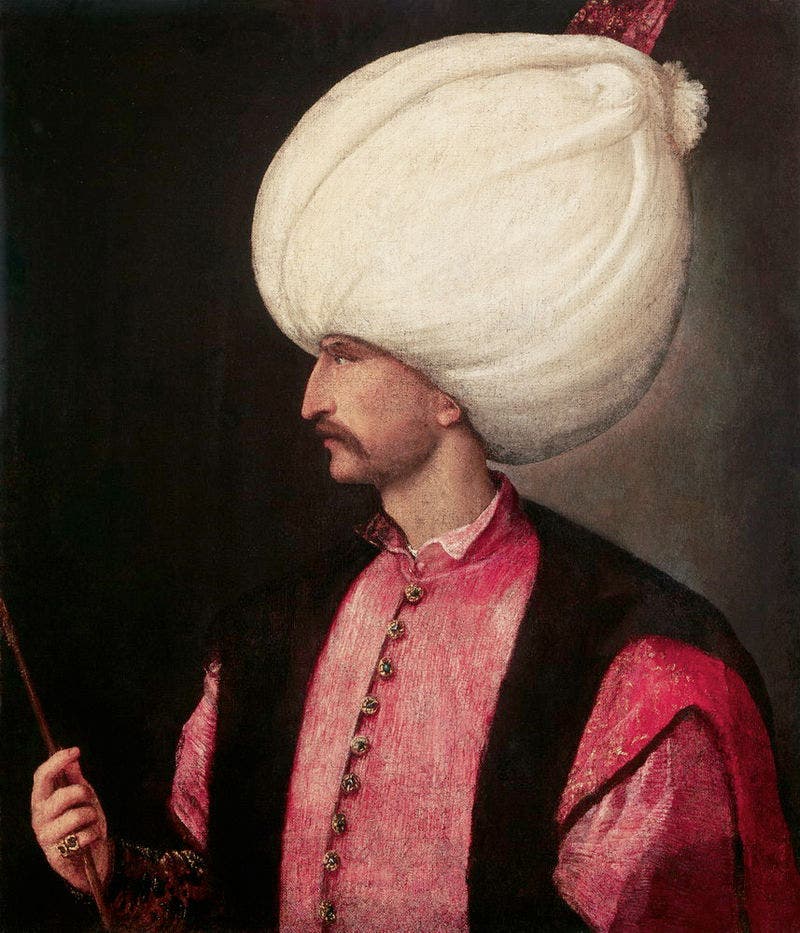Archaeologists believe they have found the tomb of sultan Suleiman the Magnificent, who ruled over the Ottoman empire from 1520 to 1566, near the fortress of Szigetvar in southern Hungary. University of Pecs’ Norbert Pap said that the tomb was built over the spot where Suleiman’s tent stood during the siege and became the place of his death. He also believes objects found at the dig site correlate well with other historical evidence that place this spot as Suleiman’s tomb, although more excavations were needed to confirm the find.
“We have data which all points in the same direction,” Pap said at a presentation of the latest findings on Wednesday. “That is why we say ‘in all certainty’, because there is no sign pointing in another direction. But more confirmation is needed, as this is a very delicate topic.”
Suleiman’s rule is considered to mark the apex of the empire’s military, political and economical might. His 46-year long reign makes him the longest-ruling sultan the Ottomans had, and during that time his military conquests extended their borders to the Balkans, the Middle East, northern Africa, reaching westwards as far as Hungary and the Adriatic.
Historians believe that the sultan is entombed in the former Ottoman settlement of Trubek, destroyed in the 1680s, which Pap’s team discovered in 2013. They also said they expect to find only Suleiman’s heart and organs, his body being taken back to Constantinople (or Istambul to thre Turks). His death at Szigetvar was kept secret for 48 days to prevent his troops from giving up the fight. The fortress, defended by locals led by Croatian-Hungarian nobleman Miklos Zrinyi, fell to the besiegers only after fierce resistance, but it was to be a pyrrhic victory for the Turks however, and delayed their ultimately unsuccessful advance toward Vienna for decades.
Pap said some other structures near the tomb, all still underground, are likely to be a small mosque and monastery. He said excavation work at the site would restart in April.










